Photographer based in Los Angeles, California
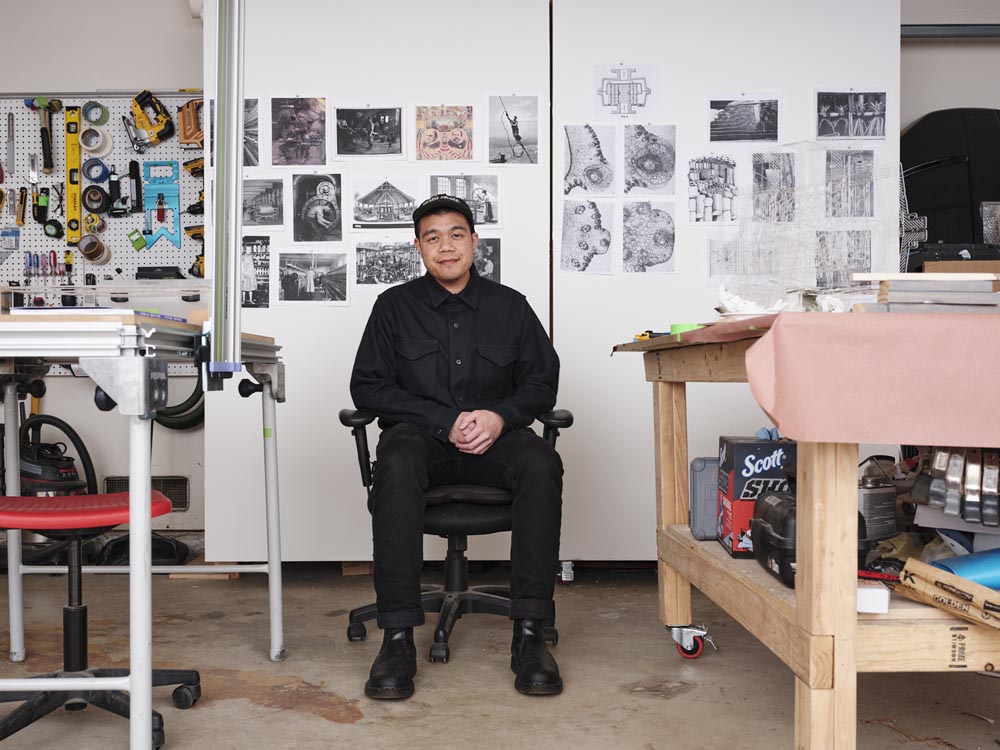
Alex Delapena, Portrait of the photographer
Tell us about yourself, what's your background?
I'm a Filipino-American, born in the Philippines and grew up in Honolulu, Hawaiʻi. I received my MFA at the University of California, Riverside, in 2022 and my BFA at the University of Hawaiʻi at Manoa in 2015. Currently, I'm based in Los Angeles, CA, and working as a new instructor for the Los Angeles Community College District. As a child, I was always curious and loved to explore things from the backyard and around the neighborhood. I also loved looking through my parent's vast collection of encyclopedia books to learn about the world. I discovered my joy in photography in high school when I found my dad's old film camera. I was making pictures of the every day from friends/family and of the local punk bands in Hawai'i.
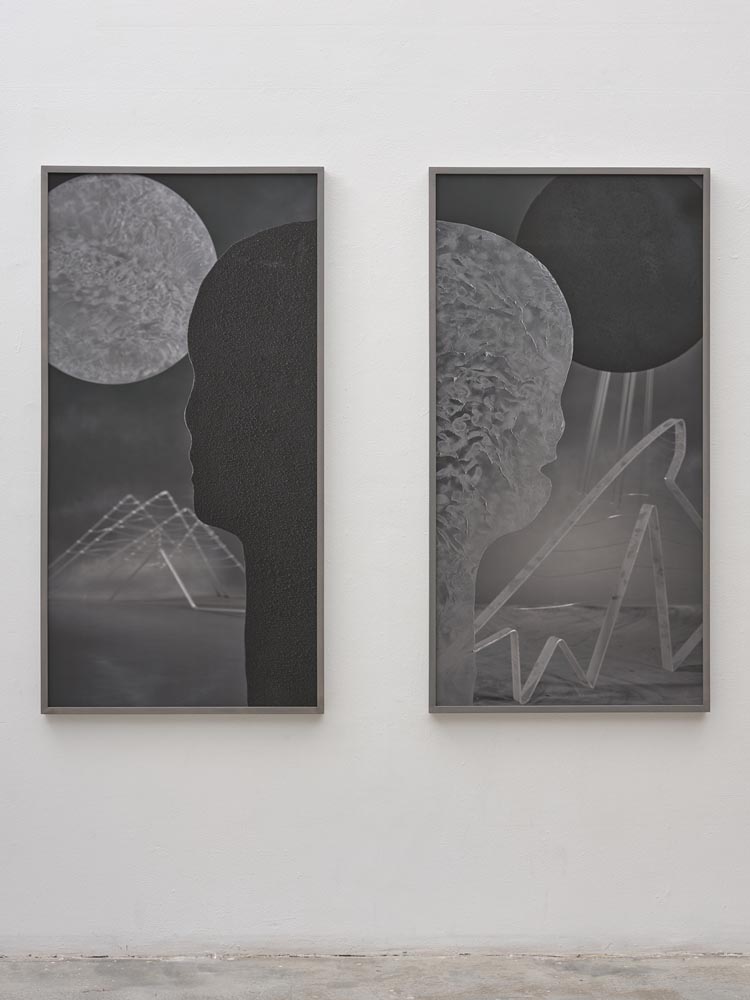
Bango New Beginning, Inhale & Origin Before Bango, Exhale, 2021, archival inkjet prints, 30" x 60" inches x2.
As an undergrad, I was shown different ways of using the camera to make images by my professor, Stan Tomita. Stan inspired me by the photographers he showed in class and his thinking about photography. He always emphasized trying to think about different strategies to make things that are already visible more visible in a different light, and I still think about that. During my undergrad, the hearing impairment I was born with got worse, and I started to use hearing aids. Adjusting to hearing aids really rattled up my perceptions because I heard sounds I never knew existed as a young adult and second-guessed many things.
"My work has been done in camera with little digital manipulation. The main aspect of my photographic practice is in the studio … After I have the objects and forms, I consider how the background and foreground will tie in together, like world-building in a sandbox."
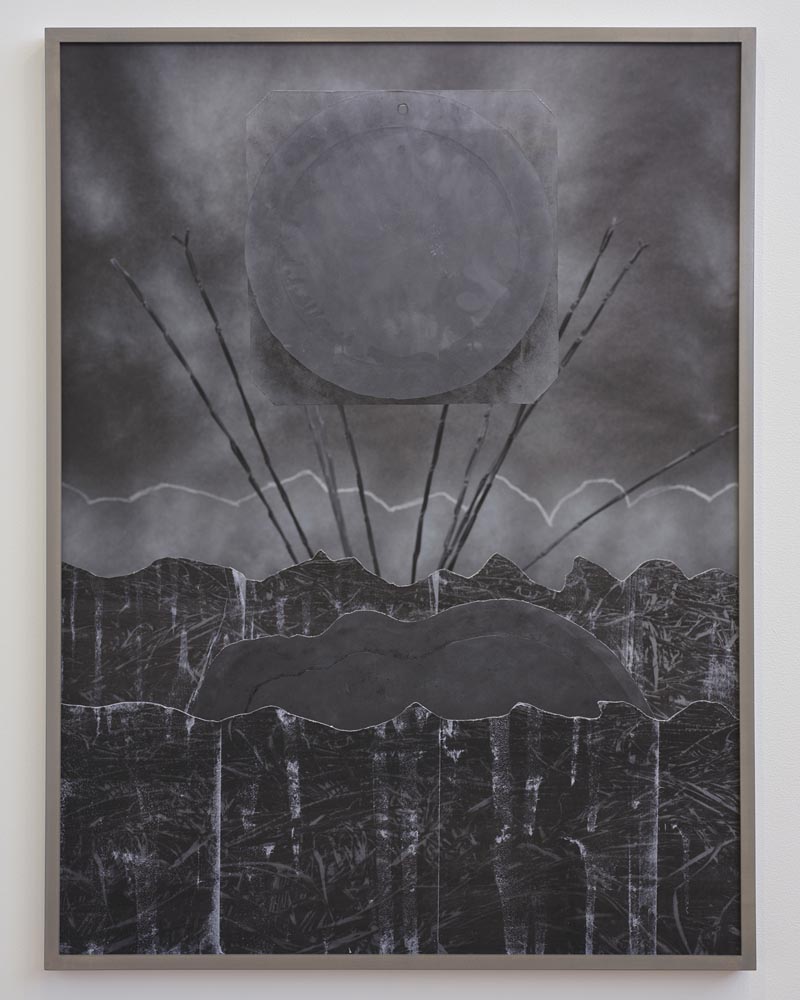
Lay in the Cane Field Under the Bango Moon, 2022, archival inkjet print, 43" x 50" inches.
What are you currently working on and where did the inspiration for it come from?
I'm working on a new series of making mirages for the camera. For inspiration, I've been looking at Josef Koudelka's early work from the 1950s-60s, where he made these images that were heavily cropped and blurry, like a mirage seen from afar, but his pictures put us closer to the subject. To try and emulate that visual aesthetic within the studio, I've been making crude acrylic plexiglass objects that I cut by hand to be photographed. I based the forms for the objects from documents in a history book that contained a section of blueprints and drawings of these cash crop processing machines from the industrial revolution. Since those blueprints and drawings are flat, I doubled up the plexiglass for the objects to have multiple layers that are spaced apart, so they feel more dimensional as a mirage rather than a flat object.
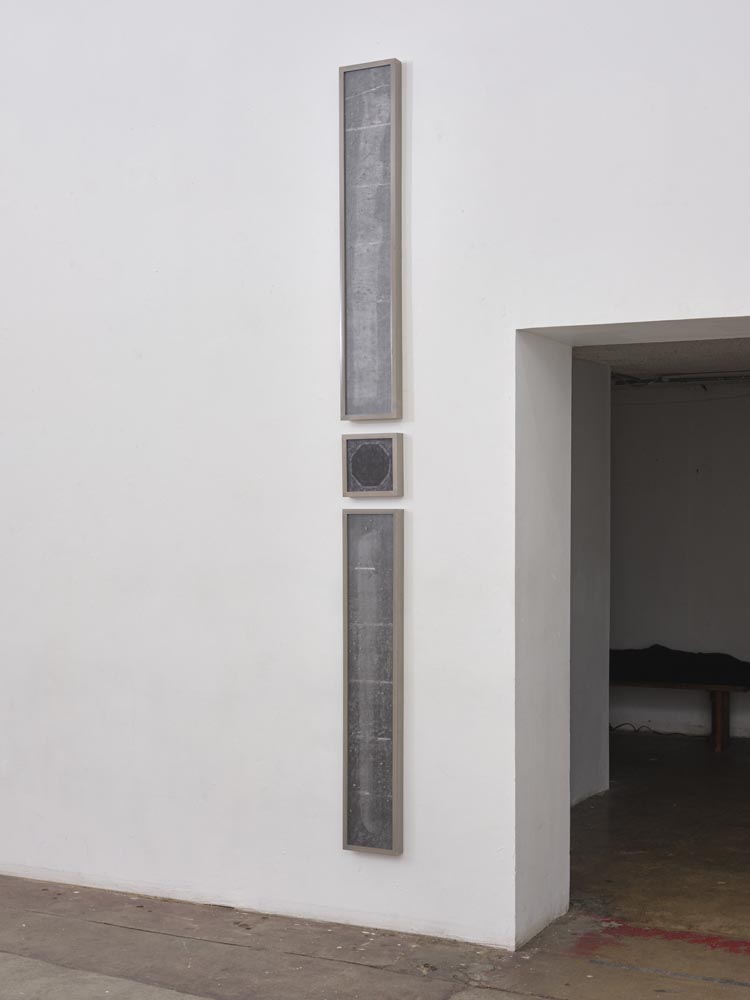
Cane Stock 04, 2022, archival inkjet prints, dried clay glazed on acrylic plexiglass, wooden frames, 9” x 125” inches.
For this new series, I'm thinking about how the history of photography is closely tied to the industrial revolution and westward expansion. Back then, photography was shown as a new window to see the unknown world or another place, something to imagine until one is there physically. Yet, in contrast, I've been diving into writings that look at the history of photography as a source for extracting land and bodies under the umbrella of capitalism.
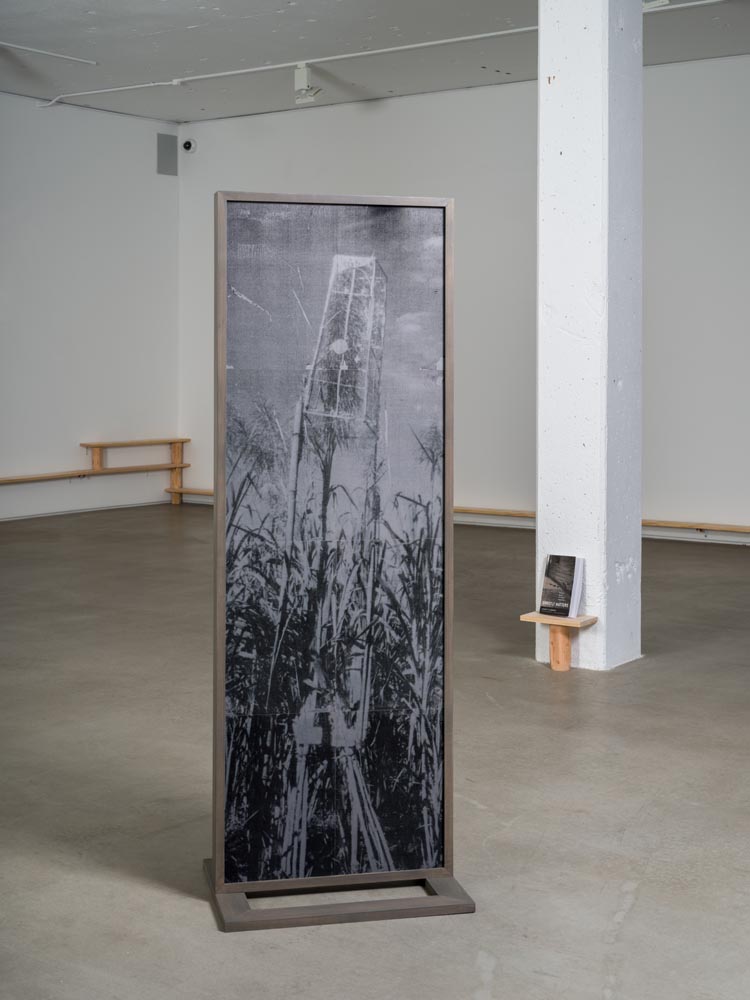
Sugarcane 01, 2022, double sided archival inkjet print, wood, 20" x 62" x 20" inches. Documentation by Ruben Diaz.

Sugarcane 01 (verso), 2022, double sided archival inkjet print, wood, 20" x 62" x 20" inches. Documentation by Ruben Diaz.
Innovation does not only happen in the field of technology — it occurs everyday in a creative practice. What do you do for inspiration?
Whenever I had a block, I would pack my camera and snacks or make spam musubis and drive out of the city for random day trips for inspiration. It was something that I got accustomed to because when I was in grad school, I would commute over 60 miles one way from Los Angeles to UC Riverside, so I had to enjoy driving more. When I'm in a new area, I try to notice different nuances/artifices to photograph, either as reference materials or things to photograph without context.
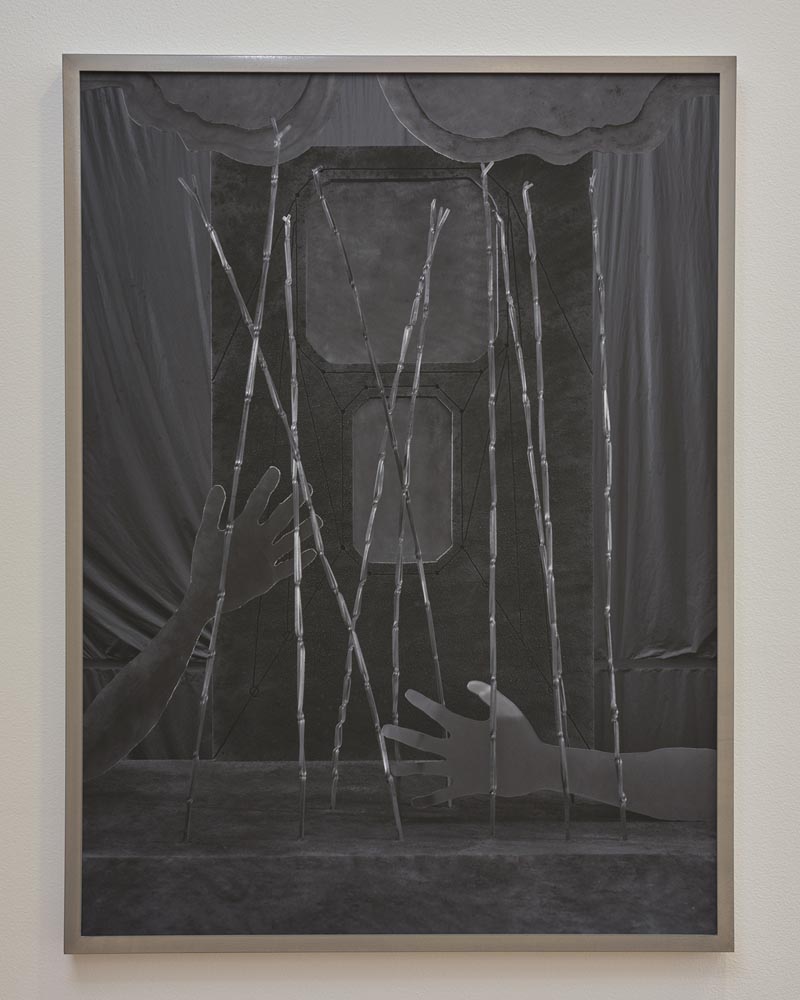
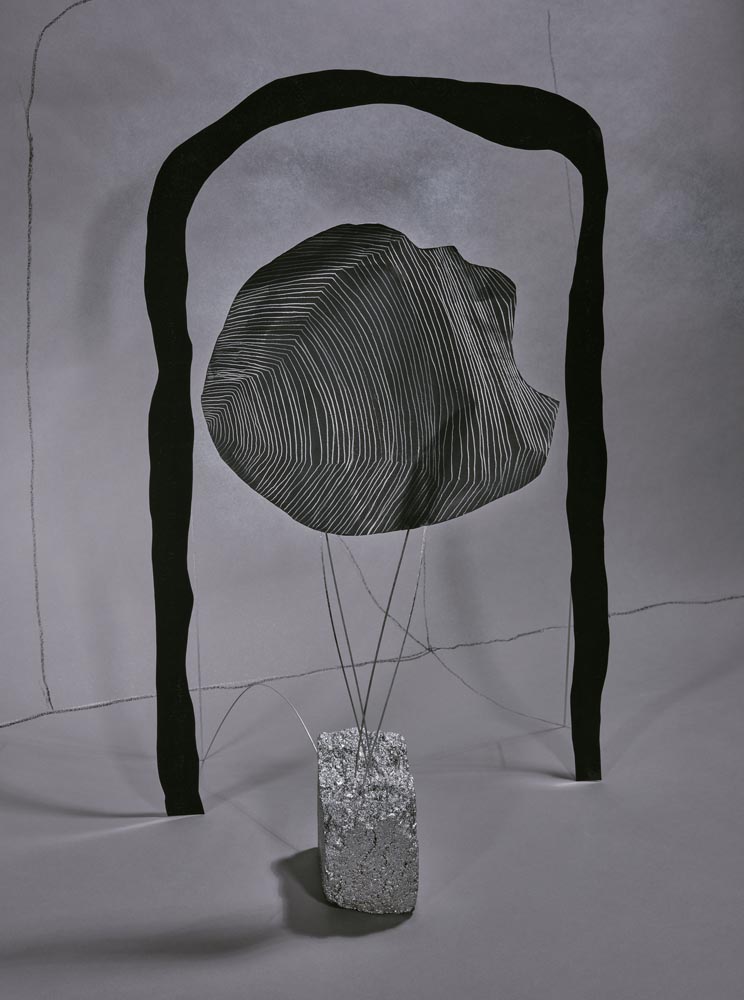
Sugar Harvest, 2022, archival inkjet print, 30" x 40" inches.
Shadow Puppet, Hold Your Head Up High, 2021, archival inkjet print, 30" x 40" inches.
Books are another thing that I love collecting and look towards for inspiration. They could be from recommendations, monographs, and books about topics I'm interested in, like learning about different iconographies from various cultures. Sometimes I would go down a YouTube or Wikipedia rabbit hole and be stoked on particular how-tos or how-its-made types of things. Whenever I have time to travel, I feel more inspired to work from the materials and books I collect. Lastly, I enjoy seeing what others are doing in galleries and museums, and it's nice to keep up with how people are pushing different mediums.
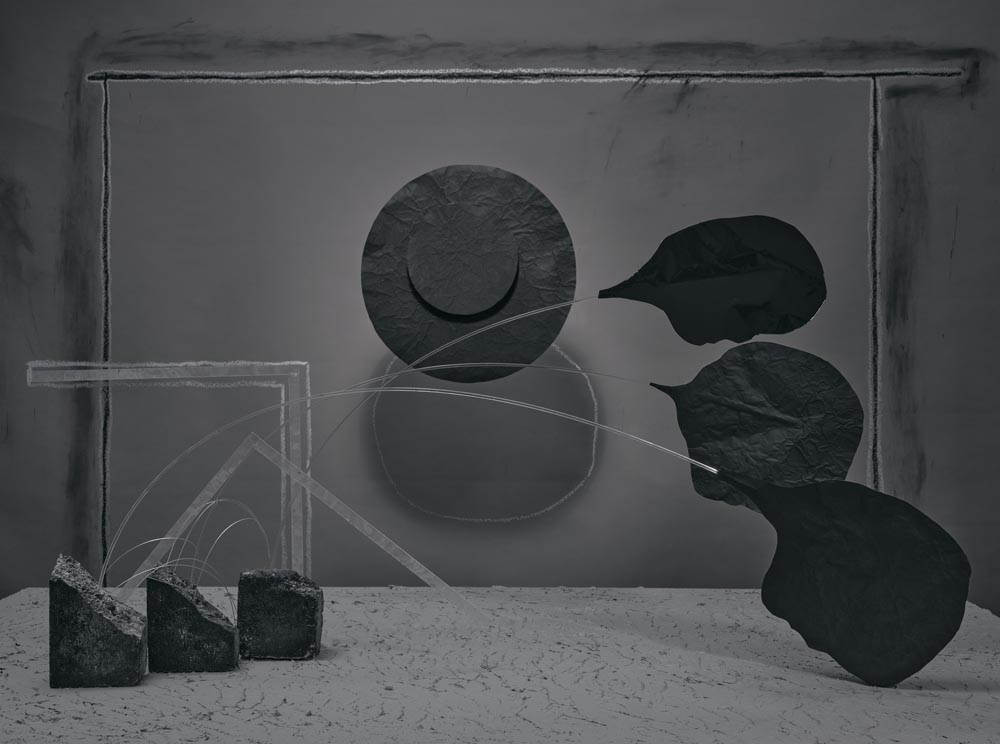
Shadow Puppet, Lure of Cadences, 2021, archival inkjet print, 40" x 30" inches.

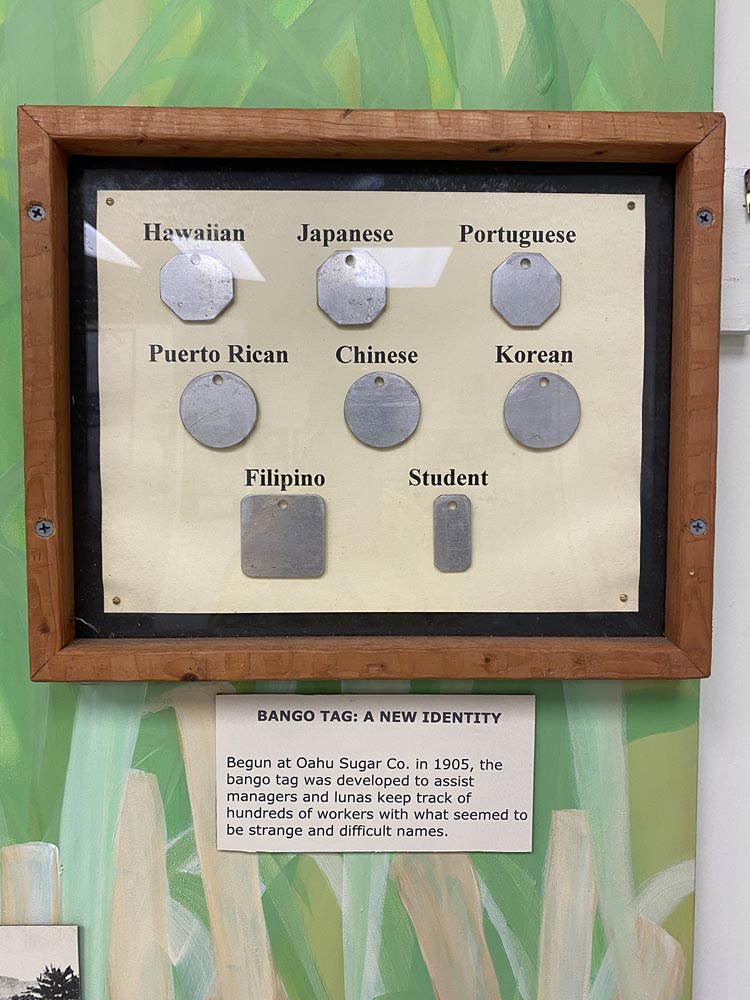
Various reference materials and source images.
Image of different Bango Tag shapes at Hawaii's Plantation Village, Waipahu, HI.
Describe your practice and process. Where do ideas start for you? In the studio or being in the world?
Ideas for me start through research from books and rummaging around the internet. For example, in my last body of work, I focused on the early days of Hawai'i's sugar plantation identification tags that plantation leaders utilized. These tags were called "Bango," Japanese term for a series of numbers. The tags had specific shapes based on the various ethnic groups that worked on the plantations. Their Bango tags identified them as opposed to their actual names. This form of identification was something utilized before social security numbers. I also thought about how when sugar stock is viewed up close, it looks more bodily and bone-like when making certain images for this work.
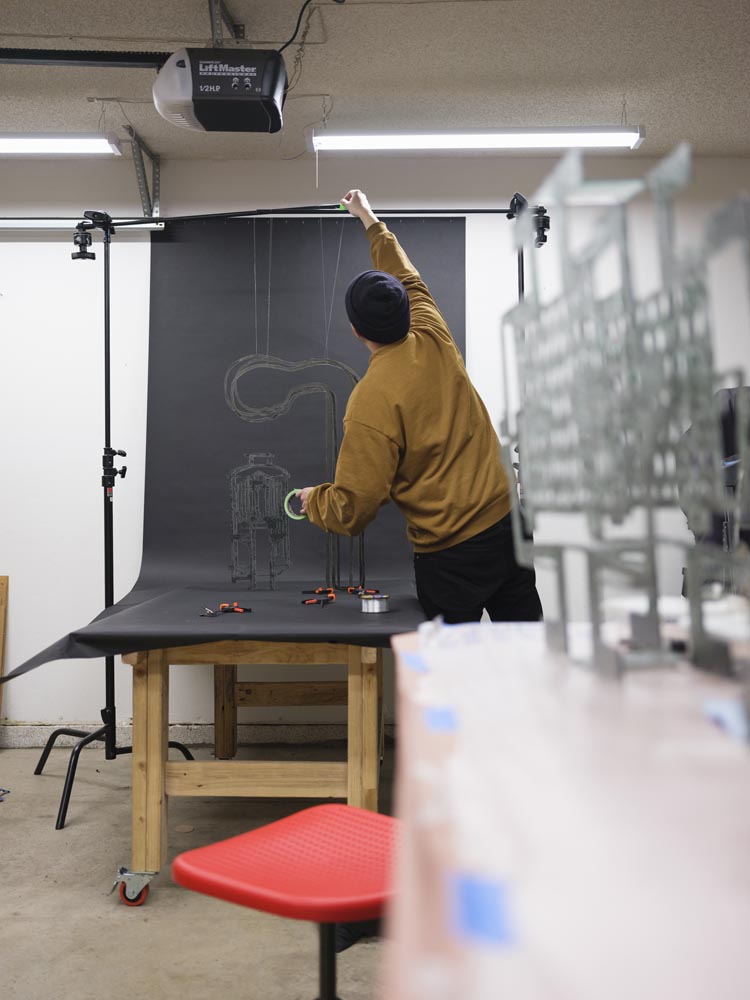
Me setting up a new still-life.
So far, my work has been done in camera with little digital manipulation. The main aspect of my photographic practice is in the studio. I would give myself prompts to explore different materials to photograph. Prompts like: What does a mirage look like when it's physical? What does a shadow with weight look like? What if something is photographed and reprocessed to be photographed again until it becomes something else? Etc. The studio is a space for me to explore various curiosities where sometimes the playful messiness leads to happy accidents. With my research, I visualize different iconographies I learned about and manifest them as objects and forms. After I have the objects and forms, I consider how the background and foreground will tie in together, like world-building in a sandbox.
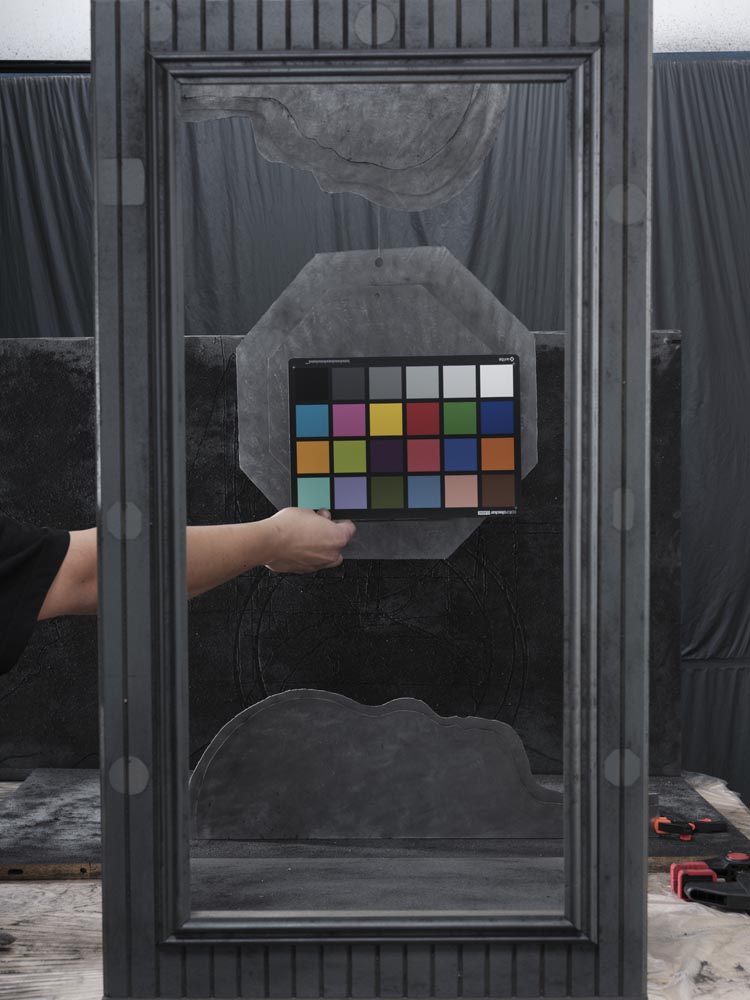
Using a color card for white balance.
How do you make your work, does it start with a sketch?
How I make my work is broken up into different modes of working. Either I would be purely in the process of making things or convert my studio to accommodate the lighting and rigs for making photographs. I try to start with a sketch of how different things could be arranged together. Other times, I would pre-arrange the objects and forms to make a quick image with a particular perspective and draft a scene in photoshop.
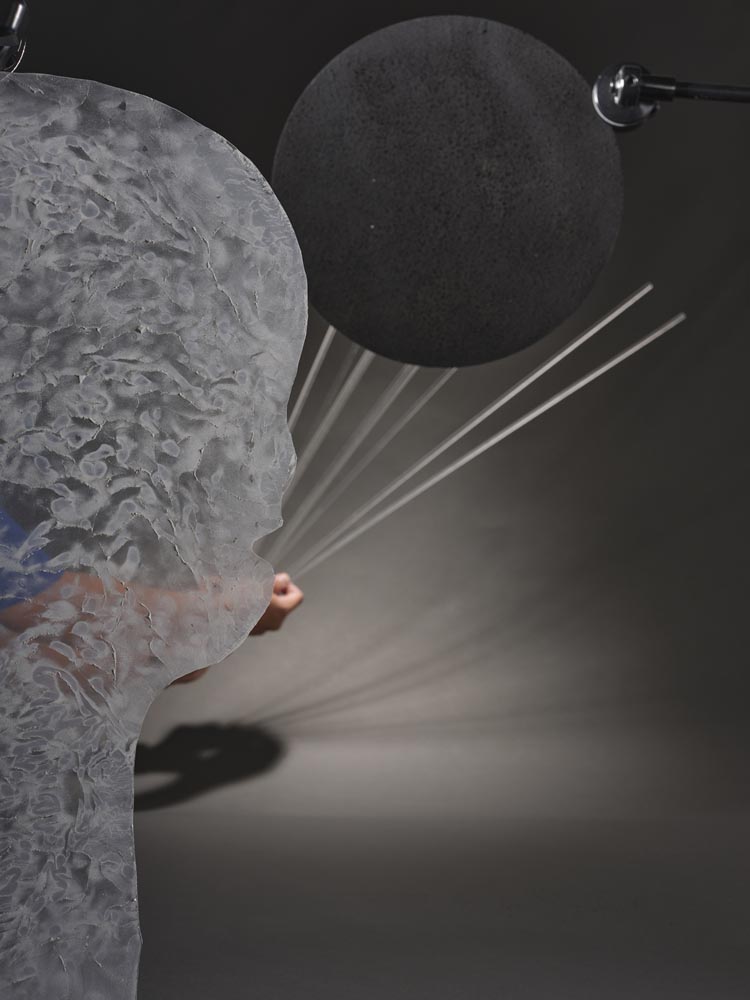
Testing how something would look when it's out of foucus.
Books are always around me for pulling different references for my research, or I would scan specific pictures to make as photographic objects towards building the still-lives. It's always exciting for me whenever I start making the first images of a freshly built scene because I become more observant away from the making. I spend a lot of time looking at how light illuminates things differently and how it is affecting the objects. I can start adding and applying different gestures or remove a few visual elements. I love using photography in this manner because I can keep track of all the attempts until a scene and still-life eventually fails in its construction.


Trying to see how strobe lighting is affecting the object.
Building props for still-life.
I've come from learning photography in the darkroom as an undergrad and intuitively made all my silver gelatin prints tonally dark. The style in my work is on the monochromatic side, with dark tonalities that stuck with me, even though I have been photographing in color lately. When making the photographs in the studio, I only have the modeling lights on from the strobes and arrange things in a dimly lit space.
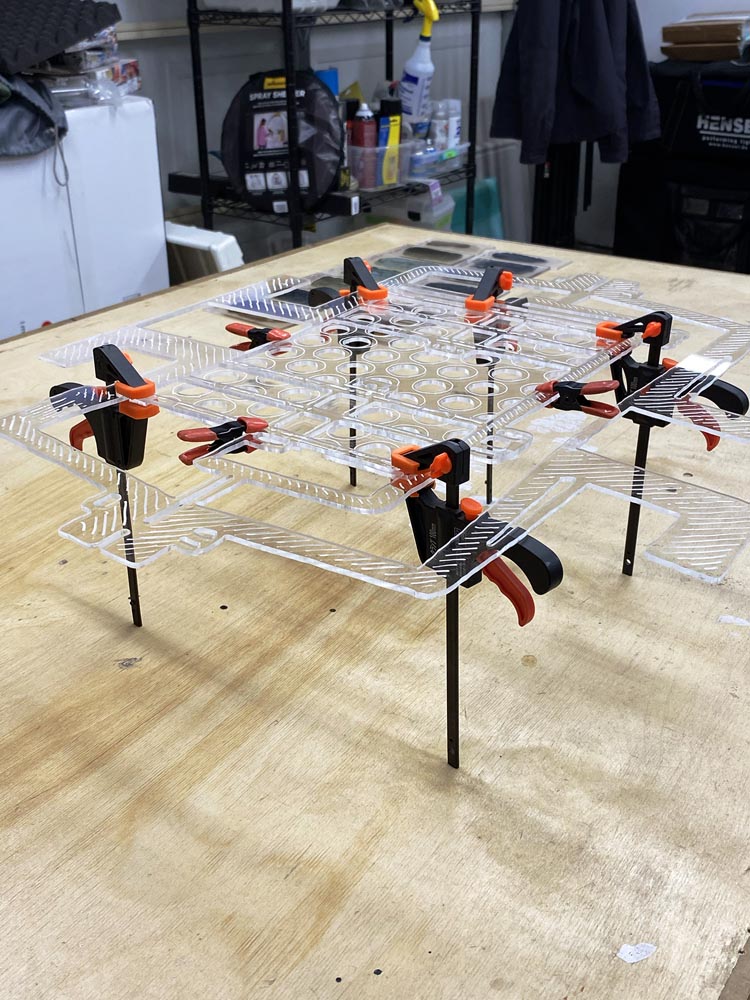
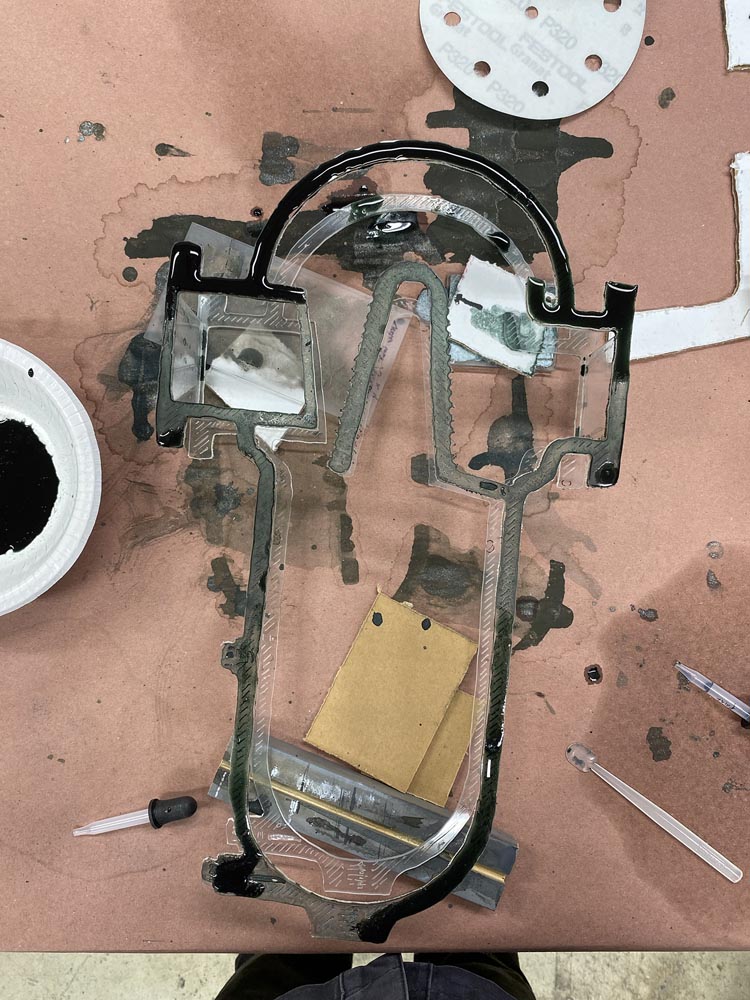
Process photo of gluing plexiglass objects together.
Process photo of painting plexiglass.
Do you have your own studio ritual? What does that look like for you?
Lately, I make work when I have time between teaching, freelancing, and assisting. I always have snacks on-hand in the studio, and Japanese milk candies are my new addiction. Music has been a big part of my life, and I like having headphones on to be in a more isolated mindset within the studio. If I'm not listening to music, I would put on a movie or show for background entertainment, and I feel less guilty about binge-watching.
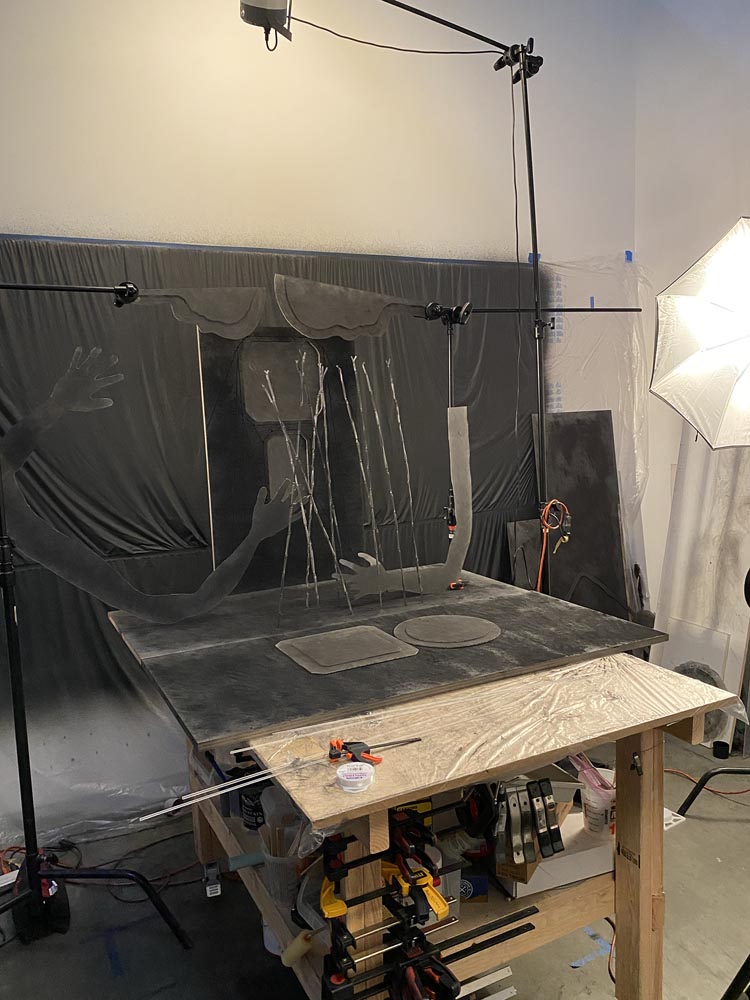
Studio View
Who are your biggest influences?
As an undergrad, I learned about the Provoke Collective, a group of photographers that distinguished Japanese visual aesthetics within photography's history to go against the grain. I love how they think about photography as an extension of their body to visualize and show us the things they were concerned about. For me, they owned the imperfections of their images, and I enjoy seeing how they intentionally throw the zone-system technicalities out within photography. I also consider Eikoh Hosoe, Ann Mandelbaum, Rebecca Morris and the Mono-Ha artists as big influences.
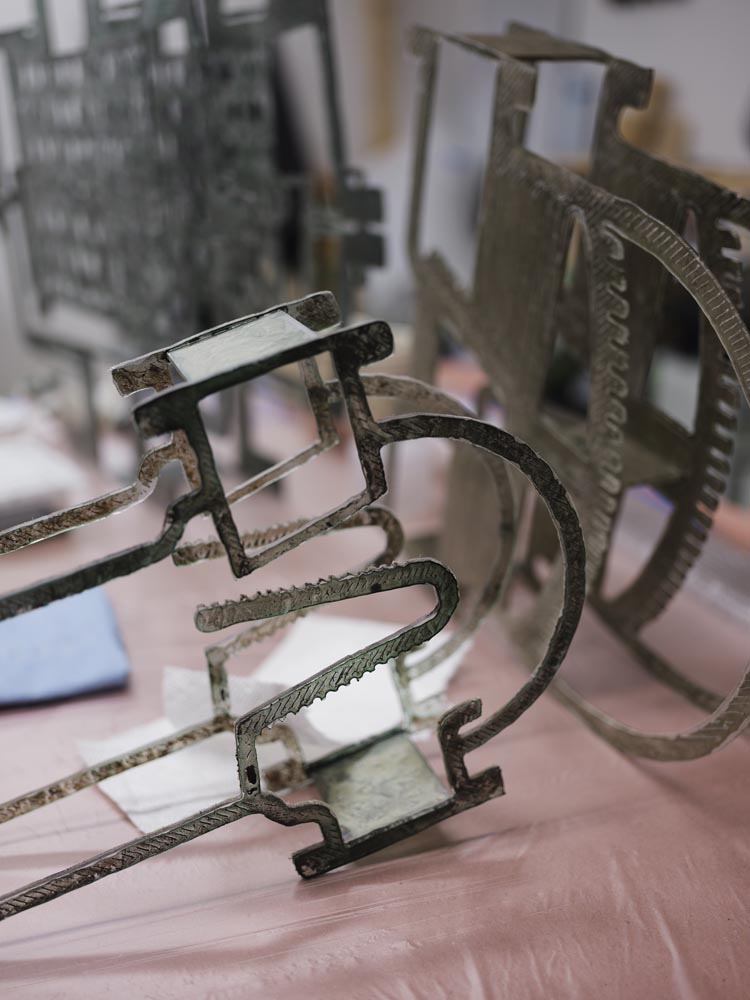
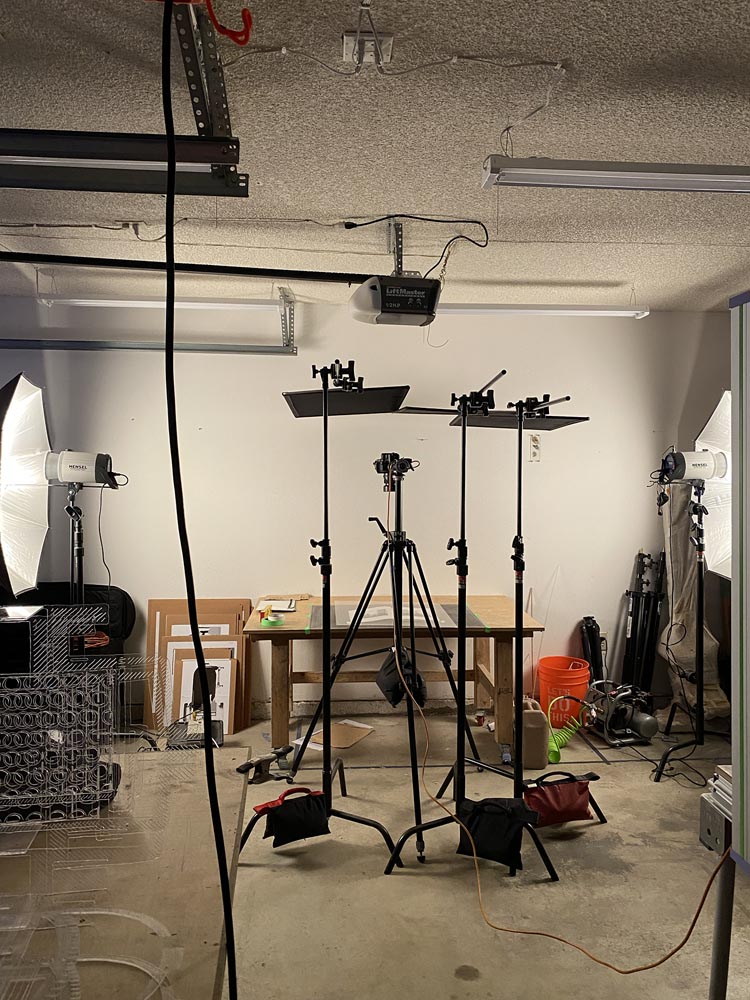
Studio View
Are there books or films that are an important source of inspiration?
I always loved Star Wars since I was small. When I recently saw the Light & Magic documentary series, it blew me away to learn more about the innovations behind world-building for the camera. In Praise of Shadows by Jun'ichirō Tanizaki is a book that I keep returning to and consider it as my lighting bible. There is also Brecht on Theater and The Eyes of the Skin by Juhani Pallasmaa, which became essential for me from my mentors at UC Riverside. Mark Sealy, Teju Cole, and David Campany's writings on photography that I also love diving into.
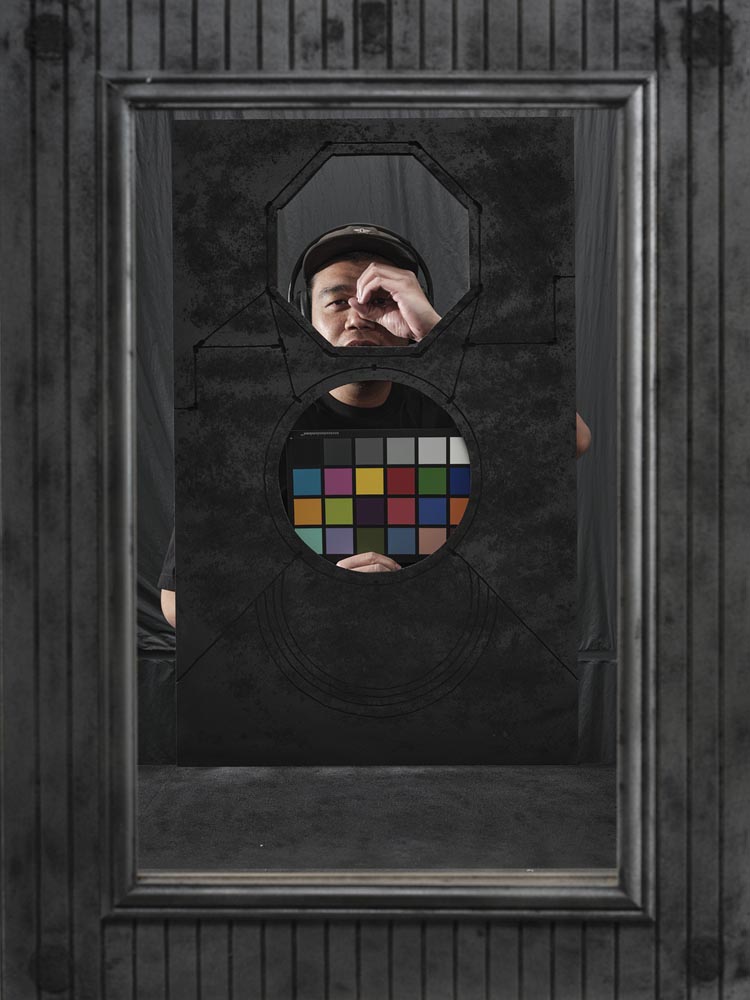
Alex Delapena, Portrait of the Photographer
What’s the best piece of advice you’ve been given?
One of the best piece of advice I heard was from my last class with Jim Isermann when I was in grad school: 3 things to be more successful— show up when you say you’re going to show up, be good at what you do, and don’t be a jerk.
What is the best advice you would give to other artists?
Don't be afraid to turn to your friends, family, and community that you trust for feedback and support but respect their boundaries. Try to get outside of your own head to prioritize your own well-being. Take breaks to reset! Don't be full art mode every time!
Stay up to date with Alex Delapena
Instagram @alxdlp
alexdelapena.com